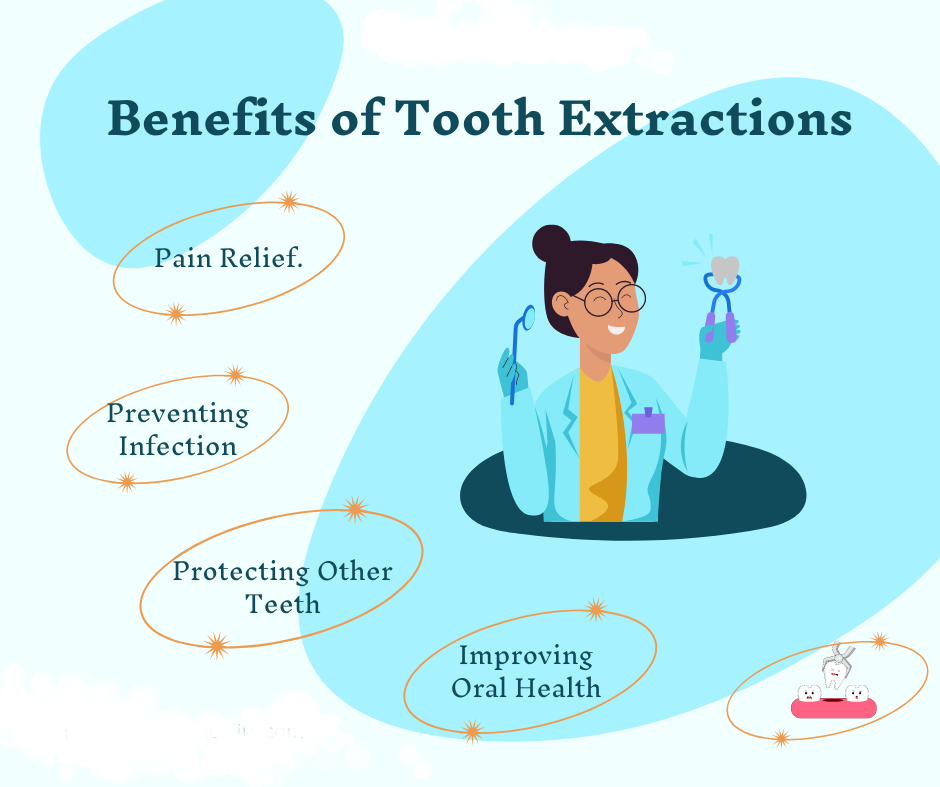-
Mon- Sat 08:00-18:00
-
Call Us Now 1300 99 1300
When faced with a severely damaged or infected tooth, patients often have to decide between two primary treatment options: root canal therapy and tooth extraction. In this blog post, we’ll explore the differences between these two procedures, their respective benefits and drawbacks, and factors to consider when making this important decision.
Root Canal Treatment: Root canal therapy is a dental procedure aimed at saving a tooth that has been severely damaged or infected. During the procedure, the infected or damaged pulp inside the tooth is removed, and the inside of the tooth is cleaned, disinfected, and sealed. A dental crown is often placed on the tooth afterward to restore its strength and appearance. Root canal treatment allows patients to retain their natural tooth, preventing the need for extraction and preserving the integrity of the dental arch.
Tooth Extraction: Tooth extraction involves the removal of a severely damaged or infected tooth from the mouth. While extraction may be necessary in cases where a tooth cannot be saved with root canal therapy or other treatments, it results in the permanent loss of the natural tooth. Following extraction, options for tooth replacement include dental implants, bridges, or partial dentures. While extraction provides immediate relief from pain and infection, it may lead to long-term consequences such as bone loss and changes in dental alignment.

Pros and Cons: Root Canal vs. Extraction
Root Canal Benefits:
Root Canal Drawbacks:
READ MORE:

Tooth Extraction: Benefits:
Tooth Extraction: Drawbacks
Price Considerations: Root Canal vs Extraction in Melbourne
In Melbourne, On average, a root canal treatment can cost anywhere from $300 to $2,000 per tooth, depending on the complexity of the case. In contrast, a simple extraction might range from $150 to $350.
Here at Care Family Dental, we have solutions for all residents in Toorak and surrounding regions in Melbourne to help pay for root canal treatment, including flexible payment plans. Contact us to find out more.
Root Canal vs Extraction Second Molar
The second molar, frequently known as the back molar, is commonly affected by severe tooth damage or infection. These conditions often necessitate intensive procedures such as a root canal or extraction. Root canal treatment has a high reported success rate of nearly 95% and is focused on saving the existing second molar.
This process works by removing the infection that is located inside your second molar while preserving as much of the external structure and functionality as possible. Extraction obviously means taking the tooth out completely, so nothing is preserved. It is a more simple option, but also leaves a gap between the teeth that can pave the way for further infection unless a dental implant or other treatment is applied.
In most cases, a root canal is the best method because it saves your natural tooth and reduces the risk of complications down the road.
Root Canal vs Extraction Back Molar
Losing a molar can significantly impact your life. They are essential for grinding your food in the chewing process and it will also impact the shape of your face if you lose a molar, so saving the tooth is always our first preference. It is vital that you speak to our dentists at the first sign of infection in a molar, because they can be more difficult to treat because of their location. Early intervention is vital to save the tooth before it becomes too damaged or infected.
Root Canal vs Extraction Cracked Tooth
A cracked tooth presents a unique scenario. If the crack is minor and does not extend into the root, a root canal followed by a crown can often save the tooth. However, if the crack extends into the root, extraction may be the only viable option.
Root canal treatment is a reliable treatment at Care Family Dental and this option will always be explored first before extraction. Our team will only remove a tooth when there is no other option left on the table. However regular checkups are essential to spot the early signs of infection before it becomes too large a problem to treat. Book your free consultation with Care Family Dentist today and start your journey toward positive oral health.








